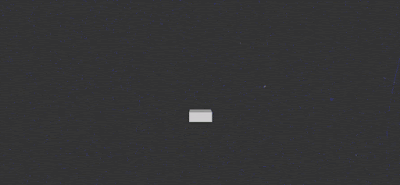1.Squash & Stretch
This gives the illusion of weight and volume with character as it moves. Also useful in the squash and stretch animation dialog and make facial expressions. It is used in all forms of character animation of bouncing balls to weigh a person walking. This is the most important element that you need to master and will be used frequently.
2.Anticipation
This movement will we see when an object moves
and we can expect the movement to be made.
3.Appeal
It means flattering. An animation that we make must
seems to shine when we want to emphasize the character.
4.Arcs
This is especially true in the form of figures. Arcs give animation a more natural action and a better flow.
5.Exaggeration
Potters used to push the movement further add more attraction to action. Exaggeration can be used to create movement very cartoony, or combined with a little more action to prevent more realistic. Whether it's realistic or stylized animation, obsessive need to be implemented to some degree.
6.Follow through & Overlaping
Follow-up and redundancy measures that could be considered two different principles, but it is still closely linked. Action overlaps almost the same as it means different parts of the body will move at different times.
7.Secondary Action
This action means an article or cartoon and make a move but he made another other action in the meantime.
8.Slow in & Slow out
As the action begins, we have more paintings
near the beginning, one or two in the middle, and
more drawing close to the next pose. Fewer drawings make the action more quickly and more drawings make the action more slowly. Slow-in and slow-outs soften the action, making it more alive.
9.Solid Drawing
The principle of this principle gives emphasis to the importance of the animation
look alive and real. It has a surface in three dimensions.
10.Staging
Reactions
to communicate clearly to the audience about attitudes, feelings,
reactions or ideas related to character and story continuity
cerita.Tujuan staging path is for the purpose of animation unmistakably
clear to the audience.
11.Straight ahead & Pose to pose
Animation forward starting at the first drawing and painting works to draw to the end of the scene. You can lose size, volume, and part with this method, but it has a spontaneity and freshness. Fast, wild action scenes take place in this way. Pose to Pose is more planned out and recorded with major paintings done at intervals throughout the scene. The size, number and rate controlled better in this way, such an action.
12.Timing
Time and distance in animation is what gives objects and characters the illusion of moving in the laws of physics.












